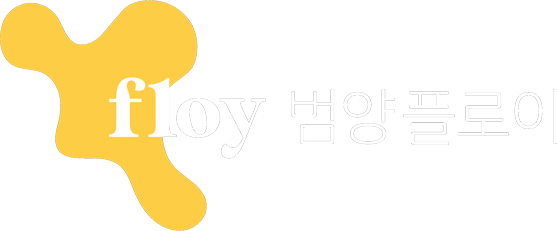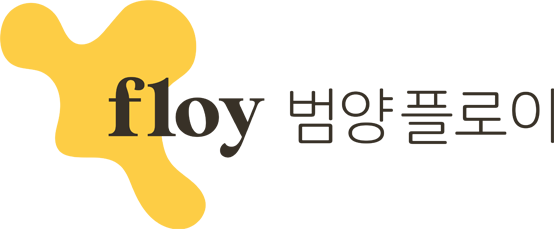Participants
Between July 2005 and February 2006, African US guys had been recruited to be involved in seven focus team conversations, approved by the UCLA Institutional Review Board (IRB) as an element of formative research for having a HIV that is new intervention for non-gay-identifying and bisexual African United states MSM. Recruitment involved active and passive distribution of fliers at nightclubs, coffee homes, HIV/AIDS clinics, social solution agencies, and street/park areas commonly frequented by the population. Many of these venues are not “gay-identified.” Those calling the analysis head office to state a pastime in participation had been screened by phone and informed that the objective of the research was to better perceive wellness utilization, social and gender facets, medication usage, and attitudes and habits that influence HIV/AIDS-related dangers among African American males.
The eligibility requirements included being 18 years old or older, African American/Black, intimately active with one or more partner that is male the last 12 months, English-speaking, and non-gay-identifying. Non-gay distinguishing (NGI) meant that the participant that is potential perhaps not work with a sexual self-identity label or identified with a term other than “gay,” such as “straight,” “heterosexual,” “bisexual,” “Down Low/DL,” or “same sex loving.” This meaning had been found in an endeavor to recruit males whom certainly failed to recognize with the “gay” terminology and identified life style or community, but who have been earnestly sex with men and perhaps females. Individuals were expected three assessment questions (1) just what intimate orientation label most useful described them (i.e., straight/heterosexual, homosexual, bisexual, Down Low/DL, exact same sex loving, no label); (2) whether or not they had had intercourse having a male partner in the previous one year; and (3) whether or not they had had intercourse with a lady partner in the earlier one year. To be qualified to receive the research, possible participants had to recognize having a label apart from gay together with to have been sexually active by having a partner that is male. Although, sexual intercourse with female lovers has also been discussed through the testing procedure, being sexually active with a lady partner had not been an eligibility criterion, however the testing information ended up being utilized to explore further the incongruence between intimate labels and habits. While drug use among NGI African United states MSM/MSMW had been talked about, active medication usage wasn’t an entry criterion or straight examined.
A complete of 73 potential participants contacted the study’s main phone number. Twenty-four callers had been determined to be ineligible, 18 identified as “gay”, and six identified as “heterosexual/straight” and lacked male lovers. Nineteen callers are not screened since they had been unreachable after calling the task and making their contact information, leaving 30 qualified individuals. The reason that is primary maybe not being reachable was that the email address supplied by the possibility participant ended up being not any longer three day rule review usable. Yet another 16 participants were recruited and enrolled straight during the focus team conversation places; nonetheless, information had not been available on other individuals who learned all about the scholarly research on the go but didn’t contact the research by phone. A complete of 46 qualified men participated in seven focus group talks carried out at places operated by three collaborating community-based businesses (CBOs) in Los Angeles and a objective that delivers shelter, housing, f d, recovery, as well as other services to those in need. One CBO provides a variety of health, outreach, screening, and avoidance solutions for indigent grownups. The 2nd runs drug that is residential programs, whilethe third functions a social center centering on psychological and real health problems affecting African People in america.
Although HIV status had not been initially a criterion for team entry, the very first three focus teams included 29 males who suggested they certainly were HIV-infected and something man whom indicated he had been HIV-antibody negative. These teams are described in more detail somewhere else (Harawa, Williams, Ramamurthi, & Bingham, 2006). Recruitment for the staying four groups dedicated to uninfected guys, utilizing the last four teams including 16 guys that has recently tested HIV-antibody negative or perhaps identified by themselves become uninfected. One focus team included guys getting solutions through the objective, at the very least two of who had been in medications; another involved 11 men who had been customers of 1 associated with the collaborating CBO’s residential medications programs.
The mean age of participants had been 41.5 years (range, 22-61 years). Dining table 1 contains socio-demographic informative data on the test stratified by if the team included predominately HIV-infected or uninfected guys. The HIV-infected groups’ participants had reduced status that is socioeconomicSES) and had been less likely to want to determine as bisexual or have intercourse with ladies or with transgender ladies than individuals into the uninfected teams. Overall, SES had been low with 63per cent unemployed and 70% reporting household that is annual of not as much as $20,000.
Procedure
Two male that is ethnically similar, a marriage and family therapist and a psychiatrist (the co-PI), both with significant experience dealing with African American MSM/MSMW, carried out the main focus teams. Each focus team session lasted 90-120 mins, had been audiotaped, and transcribed verbatim. No personal identifiers were included in the transcripts of the group discussions or on the post-group surveys to ensure confidentiality. Communicative informed consent ended up being acquired utilizing procedures that are IRB-approved. When informed consent ended up being acquired, nametags had been distributed, whereby participants had been liberated to print a pseudonym or their genuine very first names. After doing the team, individuals had been expected to accomplish a brief demographic study.
Measures
The focus that is semi-structured interview guide was created through talks with specialists in the world of HIV/AIDS, CBO collaborators, and a residential district advisory board of African United states MSM/MSMW. Eleven questions particularly targeting NGI African United states MSM/MSMW were included. Concerns explored (1) the impacts and motivators of sexual and general health-seeking habits, (2) condom usage behaviors and attitudes, (3) nuances and processes for describing same-sex behaviors and identities, (4) race and gender objectives of African US men, (5) medication and alcohol use, (6) experiences of being HIV-infected or uninfected, and (7) ideal techniques for engaging African US men in HIV risk-reduction programs. The question distinct to your usage of medications and its particular regards to the men’s sexual life had been framed as what’s the role drugs and alcohol play in intimately active American that is african MSM’s? Probes had been utilized when needed to obtain extra or higher responses that are detailed.
Data Analysis
Consensual research that is qualitativeCQR) (Hill, Thompson, & Williams, 1997) and a constant-comparison approach to information analysis, located in grounded concept (Strauss & Corbin, 1998), had been utilized when you l k at the information analysis. The analysis group contains six people, like the major detective, co-principal investigator, two detectives from the collaborating CBOs, the task director, and another co-facilitator. In the 1st period of analysis, users see the chapters of each focus group transcript that talked about alcohol or medication usage, meeting weekly to go over the phenomena they identified highly relevant to drug usage and identity that is sexual habits. Major themes identified in each transcript had been summarized in matrix form and circulated into the group for feedback. The group met to discuss themes identified across transcripts, identify common domains, and refine them into categories that were then applied consistently to quotations across all transcripts using Atlas.tiв„ў in the second phase of analysis pc software to code and manage the info.


